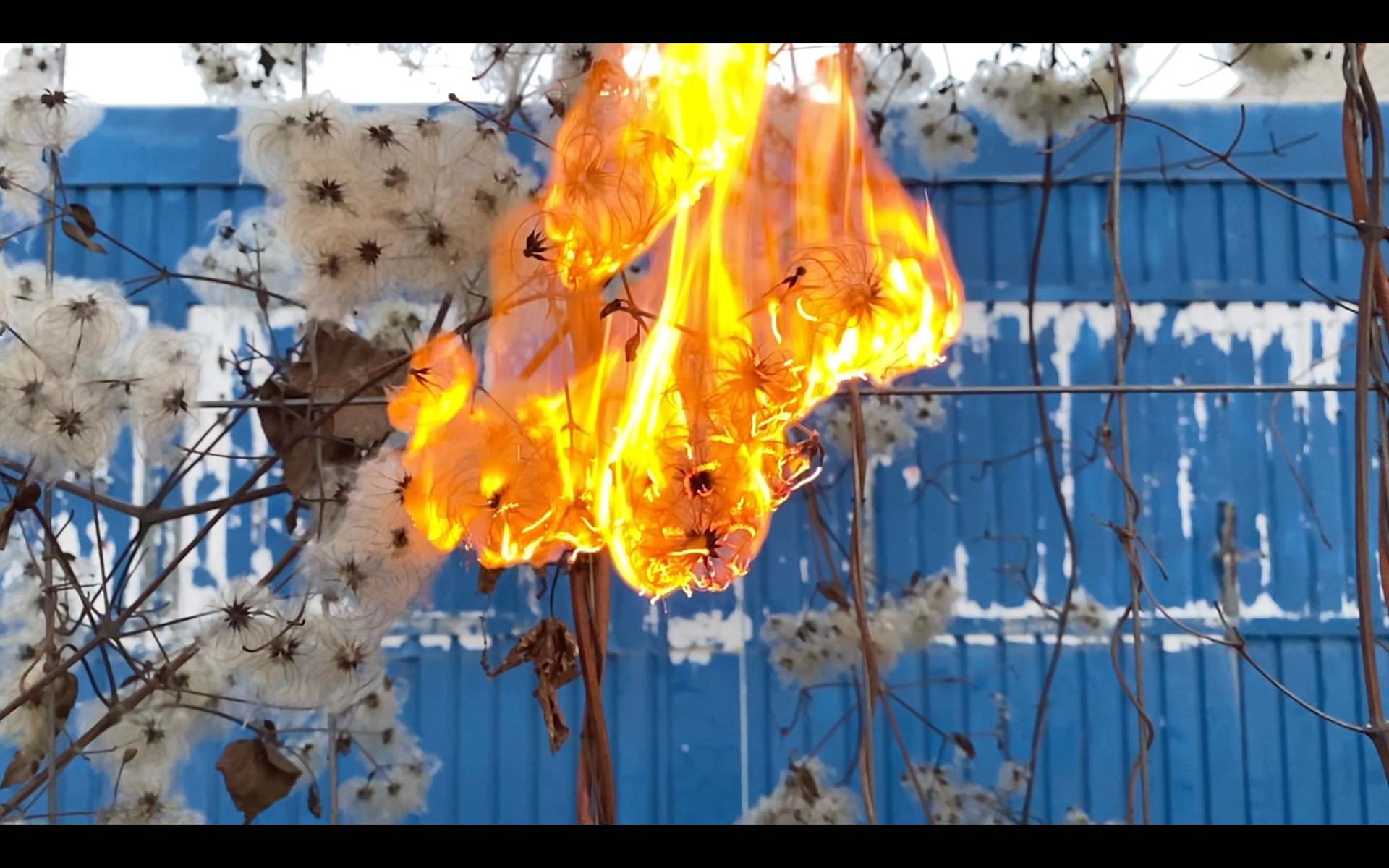2020-22
biomythographical film
(non finito)








My work is dealing with the dialectic between desire and destruction, against the background of an unequal power gap;
The urge to destroy what you desire because it has too much power over you.
The destruction of what you desire that cannot be possessed.
The urge to destroy what you desire because it has too much power over you.
The destruction of what you desire that cannot be possessed.
The destructive encounter of desirable subjects through the objectification of a living body, as well as their sexualization, permeates all layers and levels of patriarchy.
On the other hand, desiring what is destructive and referring to aggression as love.
On the other hand, desiring what is destructive and referring to aggression as love.
This dynamic unfolds very clearly in myths and contemporary dealings with them; for example, in the myth of Lilith, Adam’s first wife that was created equally but cut out of the bible, withal, banned from the Garden of Eden for not wanting to mate with Adam. Before anybody could kick her out she left herself, found a way to reproduce without a male and created her own colony in the deserts.
When God threatened to kill one of her children for each day she did not return to Adam, she killed all of them herself1 (then submissive Eve was created from Adam’s rib).
When God threatened to kill one of her children for each day she did not return to Adam, she killed all of them herself1 (then submissive Eve was created from Adam’s rib).
In Jewish recounts Lilith spoke the name of God and became the wind – the ultimate and most powerful form of freedom (she is an important figure in Jewish feminism).
In Sumerian depictions she is standing on two lions with claws as feet and wings on her back. In Christian folklore she is the mother of all demons, snatching children from their doorstep and strangling them to death. In medieval paintings she is also fused with the snake that seduced Eve to eat the apple to cause the fall of men. Such heavy contradictory connotations are revived in the film Blood Suicide / Becoming Lilith. A biomythographical portrait of a young woman, recounting the story of Lilith, born in internalised aggression, taking over and freeing the protagonist from tonic immobility,
through externalisation in the form of destruction.
The story is not told in chronological order or in linear time, but as a “Trauma Script”, that jumps around from A, to B, to C, where the lines between fiction, reality, performer and creator are continously blurred.
through externalisation in the form of destruction.
The story is not told in chronological order or in linear time, but as a “Trauma Script”, that jumps around from A, to B, to C, where the lines between fiction, reality, performer and creator are continously blurred.